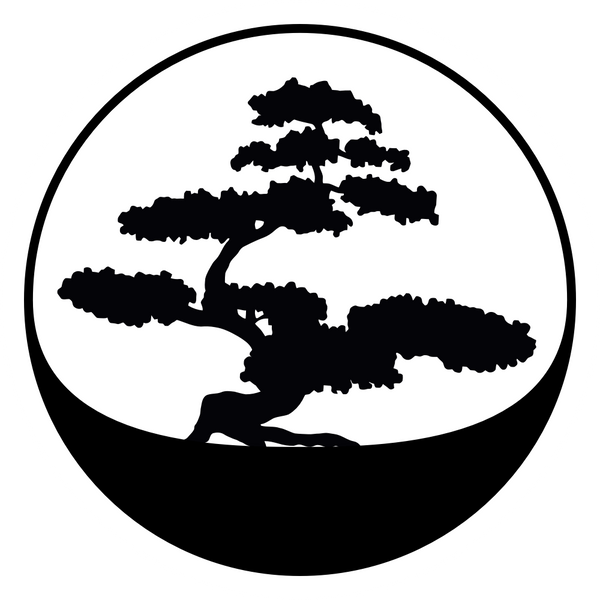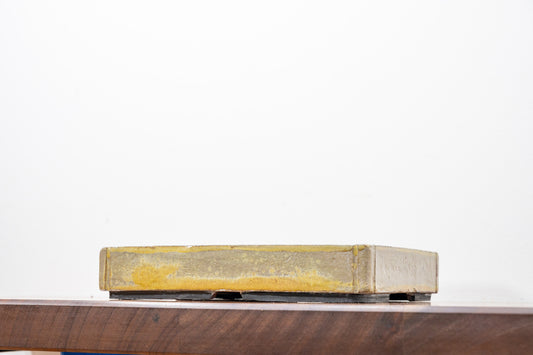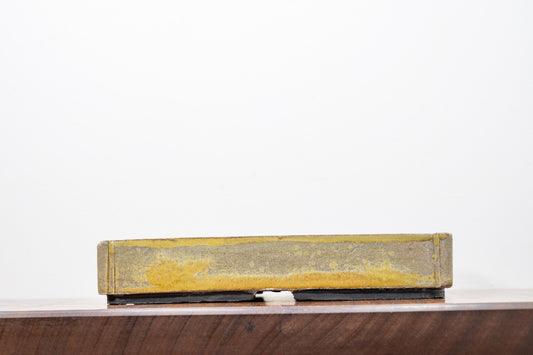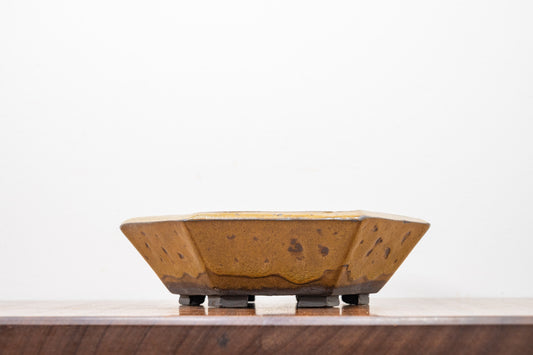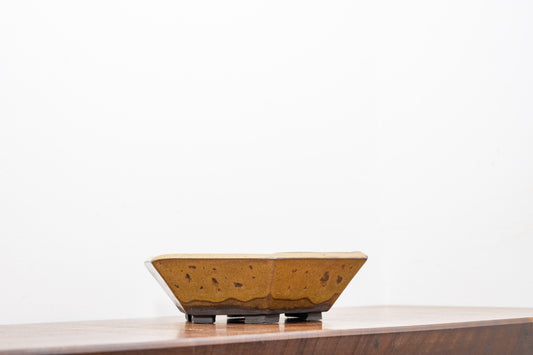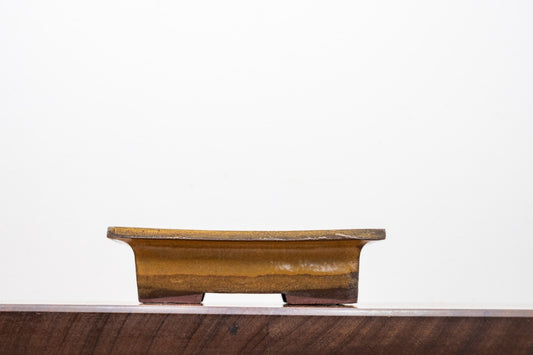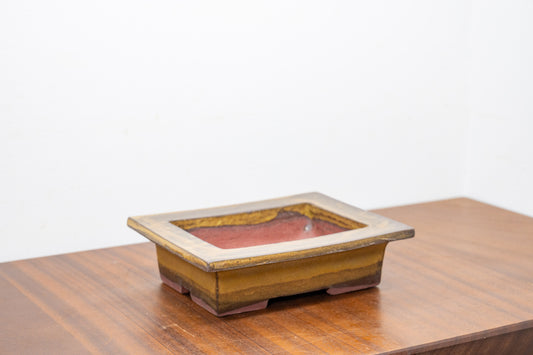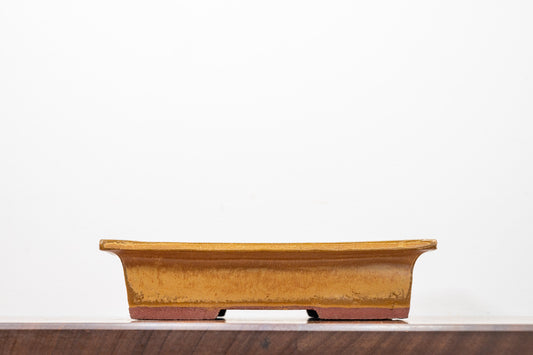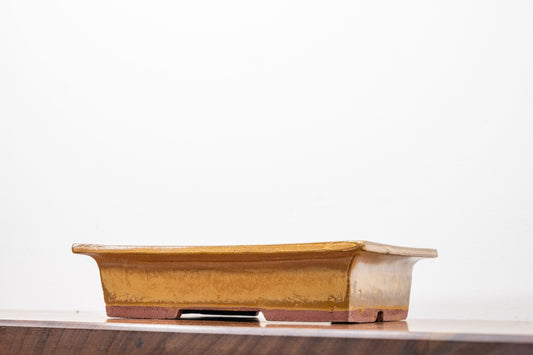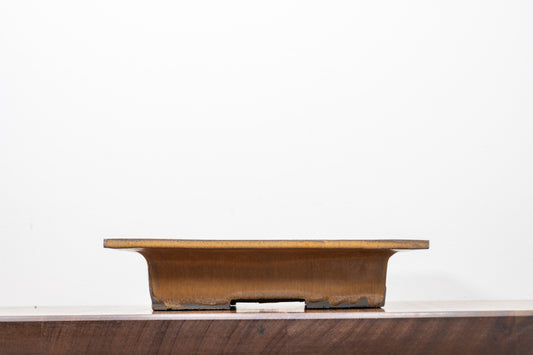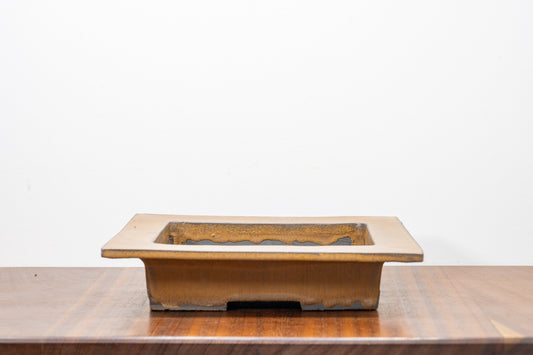Pine bonsai trees are revered for their timeless beauty and symbolic significance in the world of bonsai. However, cultivating and styling these majestic trees requires a nuanced approach. lets delve into the essential practices for nurturing and shaping your pine bonsai.
Pruning Wisdom
When it comes to pruning, particularly with nursery-grown Pines, caution is key. Avoid reducing more than 50% of the top growth in a single growing season. Gradual reduction is advised, especially when targeting the trunk and foliage. For mature Pines over 30-40 years, it's crucial to focus on either root work or top growth styling in one session, not both. Post-repotting, drastic actions like pruning or styling should be delayed for a year. Remember, if you style a Pine in the Summer, repotting should be deferred until the following Spring.
Nurturing Young Pines
Young, immature Pines have a higher tolerance for annual work without experiencing weakening effects. However, even with this resilience, it's imperative to remember that Pines thrive under a slow and deliberate development process.
Strategic Trunk Chopping and Pruning
For trunk chopping and heavy branch pruning, the Autumn season presents an opportune time. Slower sap flow during this period minimises sap loss. When pruning, leave a short stump and seal the wound with Vaseline. This not only aids in effective wound closure but also prevents unsightly congealed residue.
Repotting Techniques
Optimal repotting time for Pines is during August-September, aligning with late Summer/early Autumn. This timing capitalises on the surge in root production post-growing season, compared to the traditional late Spring repotting, which can disrupt annual growth.
Soil Mix and Mycorrhizal Benefits
Selecting the right soil mix is paramount. Zero Bonsai Mix is highly recommended for its excellent drainage properties. During repotting, you may notice a beneficial white, thread-like fungus called Mycorrhizae. It promotes overall tree health. To retain Mycorrhiza in the new soil mix, keep a small amount of the old compost. Avoid washing the roots; instead, manually remove old, compacted soil.
Balancing Roots and Foliage
After root pruning, it's unnecessary to trim the pine's foliage to achieve a 'balance'. The waxy needles of a Pine have relatively low moisture requirements from the roots, so there's no need to reduce transpiration through above-ground growth. In fact, retaining more foliage post-root pruning provides the tree with added strength to regenerate the rootball, allowing the tree to naturally 'balance' its roots and foliage.
By following these tried-and-true practices, you'll be well on your way to mastering the art of Pine bonsai cultivation. Remember, patience and precision are the keys to unlocking the full potential of these majestic trees. Happy Bonsai Growing!
